NYC woman, 24, suffers horrific life-changing burns due to extreme side effect of common drug taken by millions
A New York City woman lost her vision for months and suffered terrible burns after suffering an allergic reaction to a commonly used medication.
Stella Ston, then a healthy and active 24-year-old, went to the hospital after experiencing brain fog and pain so severe she could not even walk a few blocks.
Doctors suspected she had a bacterial infection and prescribed the antibiotic amoxicillin. Shortly after taking the first dose, she developed a severe fever and pain. A rash also developed on her forearms and cheek.
Then her eyelids began to crust over and the rash turned into huge blisters that covered her head and torso. Her skin also began to peel.
Stella Stone, from New York City, was 24 years old when she suffered a severe allergic reaction to a commonly used medication
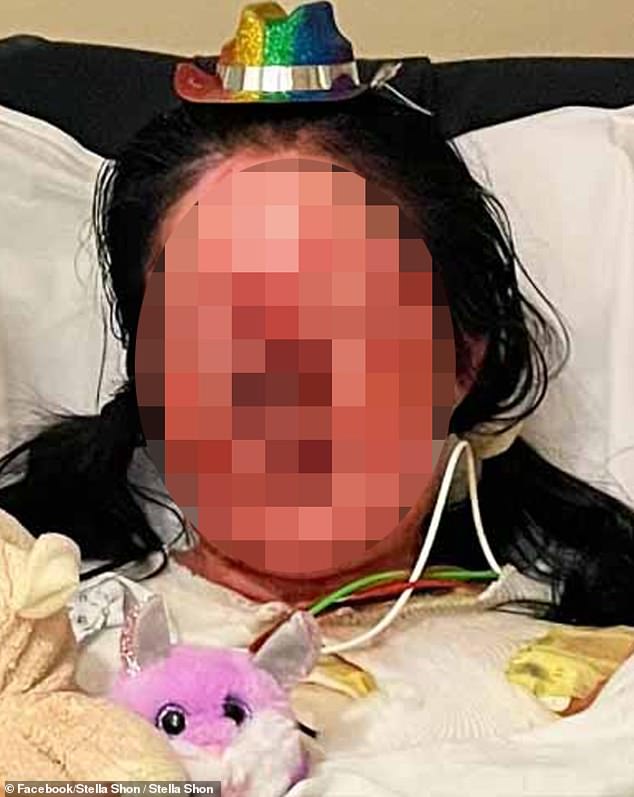
Her eyelids became crusted and the rash turned into huge blisters that covered her head and torso. Her skin also began to peel off
Ms. Ston was taken to the emergency room, where she was diagnosed with Stevens-Johnson syndrome (SJS), a rare and serious condition in which the immune system causes massive inflammation in response to medications.
The disease begins as a flu-like illness, followed by a painful rash that spreads and blisters, before the top layer of skin dies and falls off.
In about ten percent of cases the disease is fatal, but in those who develop the severe form, like Mrs Ston, this percentage rises to fifty percent.
Doctors couldn’t determine what drug caused her illness, but said it could have been the amoxicillin, or even the Advil and Tylenol she had previously taken to treat her flu symptoms.
According to a 2023 study, antibiotics are a common risk factor for the disease. JAMA DermatologyIn the disease, the immune system mistakenly identifies the medication as harmful and launches an attack, leading to widespread inflammation and skin peeling.
Mrs Ston has now been advised to stop taking all three medications, which she says leaves her with few other options to manage the pain.
Writing about her hospital stay in TODAY More than two years later, Mrs. Ston said: ‘That first night in intensive care, I was examined and needled as several doctors took multiple biopsies from my left arm and placed a catheter in my bladder.
My body quickly let me down.
‘More ulcers developed in my throat and lungs, quickly closing my airways and requiring me to be put on a ventilator.’
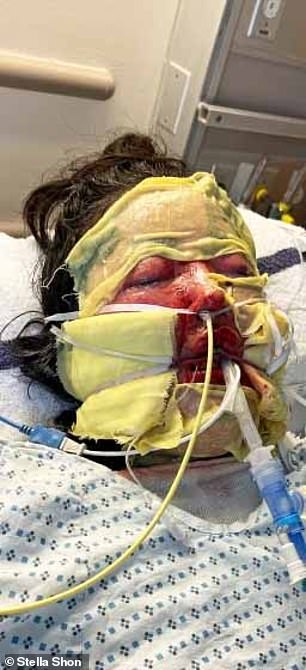
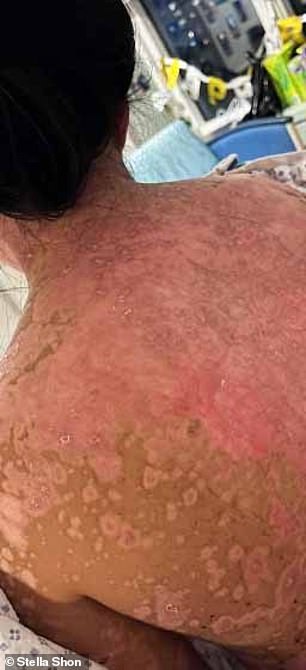
She is pictured above during her hospital stay. She said her eyes remained covered in crusts for months while she was being treated
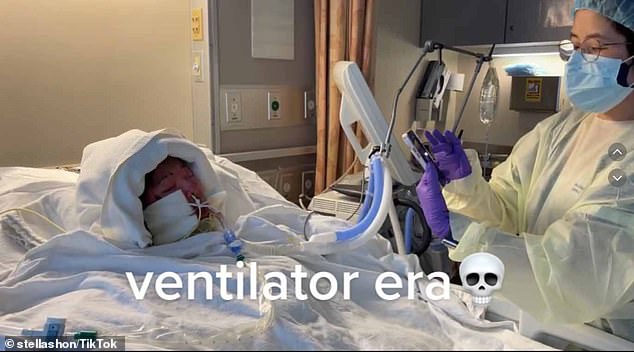
The young woman was diagnosed with Stevens-Johnson syndrome, a disease with a mortality rate of up to 50 percent
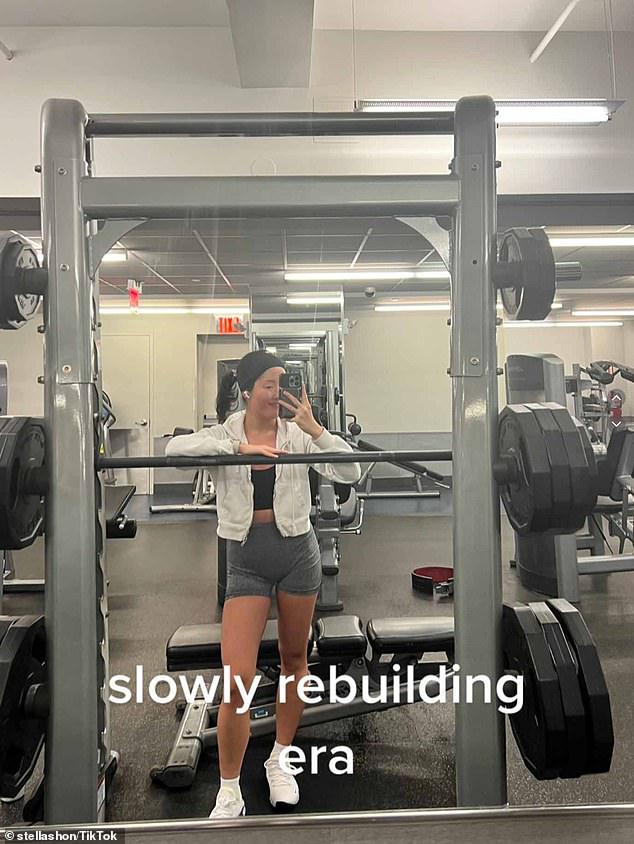
She is still recovering, two years later, and is now working toward competing in the New York City Marathon this fall.
A biopsy involves removing a small piece of tissue from the body for examination. A catheter is a flexible tube that is often placed in the body to drain fluid.
Ms. Ston spent a month in 2022 at Weill Cornell Medicine’s burn center on the Upper East Side while doctors treated her.
Although she was not a typical burn patient, the allergic reaction was so severe that she suffered second-degree burns as the inflammation swept through the mucous membranes of her body.
Doctors treated her with heavy doses of steroids to calm her immune system, and opioids to prevent septic shock, a potentially fatal complication.
Two weeks after her admission, she celebrated her 25th birthday and her ventilator, which had been inserted to help her breathe, was removed.
She lost almost 11 kilos during her stay in the ward and had to undergo daily physical therapy to learn to walk again.
Mrs. Ston can now see again, but she can no longer cry because her glands that produce tears are badly scarred.
This means she suffers from severe dry eye syndrome and had to undergo glaucoma surgery earlier this year, which is surgery on the eye to improve vision.
After the illness, she also gave up her former career to devote herself to travel writing. She regularly posts about hotel visits on social media.
As part of her recovery, Ms. Ston has also set a goal of running the New York City Marathon this fall.
She added: ‘It’s been almost two years since I was diagnosed this month, and while I’m having more and more good days, the bad days are starting to outnumber me.
“My eyes are still the most painful memory of the battle I survived.”
In the US, only 300 people are diagnosed with SJS each year. SJS is more common in adults.
Cases are often linked to antibiotics and pain relievers, along with other medications, including antibacterial sulfa drugs, used to treat acne, rosacea, and eye infections.
